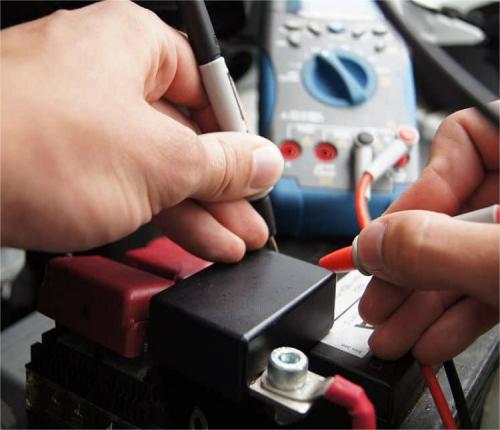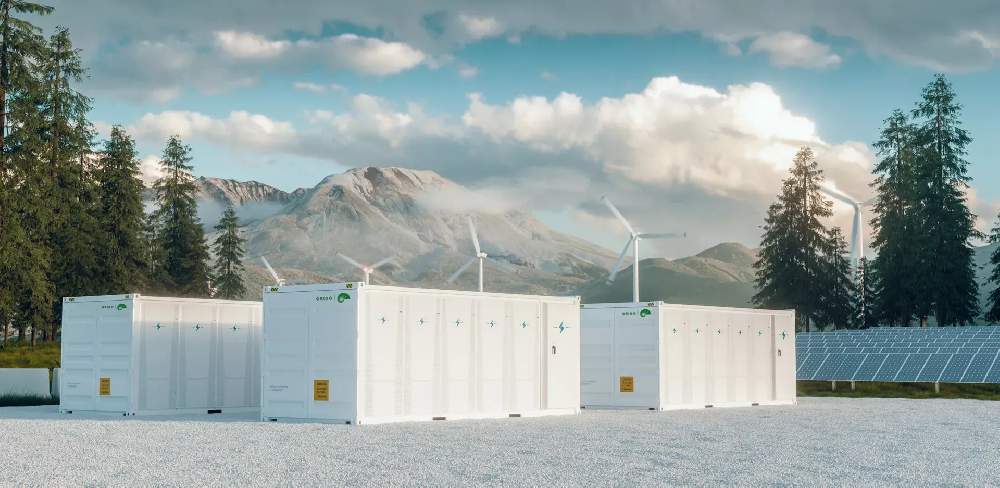Lithium-Ion Battery Care Guide
As is well known, lithium batteries are marked with identification codes on the surface of the battery when they leave the factory. So, this process is called lithium battery coding. What is the use of spraying these identification codes? Today we will take you to understand what battery coding is? What is the use of coding for lithium batteries?
First type: Material identification code
This type of identification code is usually printed on the top of the battery, such as ICR, IMR, NCR, IFR, LTO, etc. Each of them has a special meaning. ICR: The positive electrode material is lithium cobalt oxide. IMR: The positive electrode material is lithium manganese oxide. NCR: The positive electrode material is lithium nickel cobalt manganese oxide (commonly known as ternary). IFR: The positive electrode material is lithium iron phosphate. LTO: The positive electrode material is lithium titanate. This way, you can identify the material used for the battery based on the spray code information, without being dece.
Second type: Capacity voltage coding
Generally speaking, manufacturers also label the capacity and power on the battery, such as common 1800mAh, 2000mAh, 2200mAh, 2400mAh, 2500mAh, 2600mAh, etc. These all refer to the capacity of the battery. Some manufacturers also spray the corresponding capacity on the battery, such as the 3.7V 18650 battery with a power of 6.6Wh for 1800mAh. Some unscrupulous shops on Taobao take advantage of consumers' lack of understanding of batteries and maliciously sell power as capacity. In fact, to convert it, a 3.7V 18650 battery is calculated as mwh ÷ 3.7V=mAh. The actual capacity of 18650 with 4000mwh is 1081mah. Everyone must be careful when choosing batteries and not be deceived by unscrupulous merchants.
And voltage coding refers to the voltage of a single battery, with different materials having different positive electrode voltages, such as lithium manganese oxide (3.6VIMR), lithium cobalt oxide (3.7V/3.8VICR), lithium nickel cobalt manganese oxide (commonly known as ternary, 3.6VNCR), lithium iron phosphate (3.2VIFR), and lithium titanate (2.3V/2.4VLTO). Some manufacturers label the full voltage, while others label the rated voltage. The voltage labeling methods vary depending on the manufacturer.
Third type: Manufacturing production batch number
The manufacturing batch number of each manufacturer is different. The specific content is about the manufacturing year and month. By understanding the production batch number code of the manufacturer, you can know when the battery was manufactured. I won't get old batteries.







